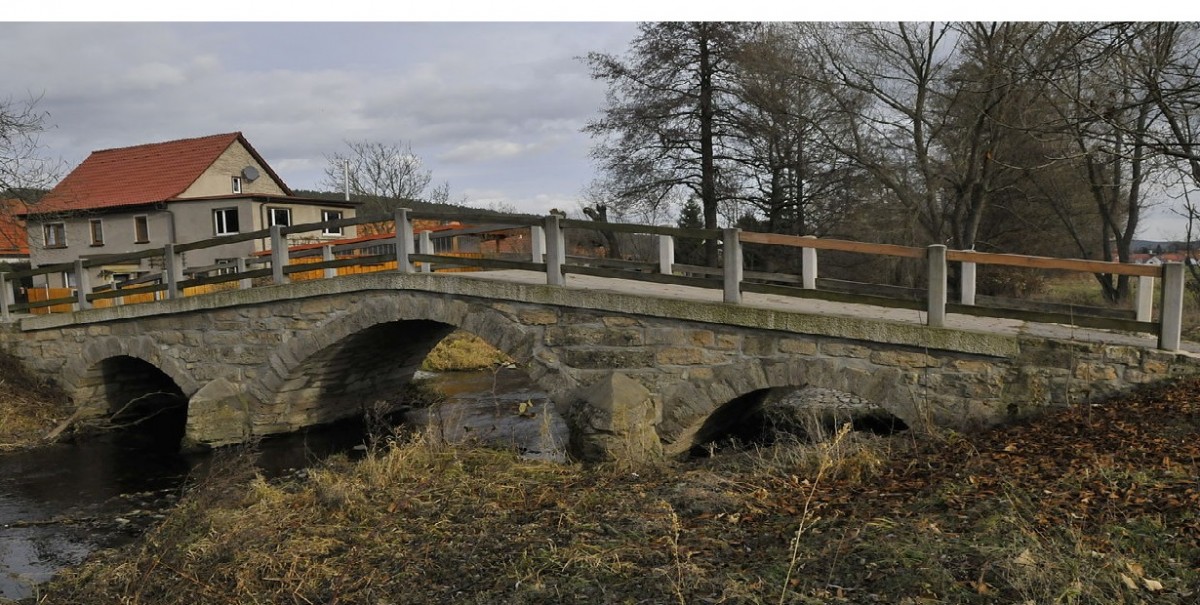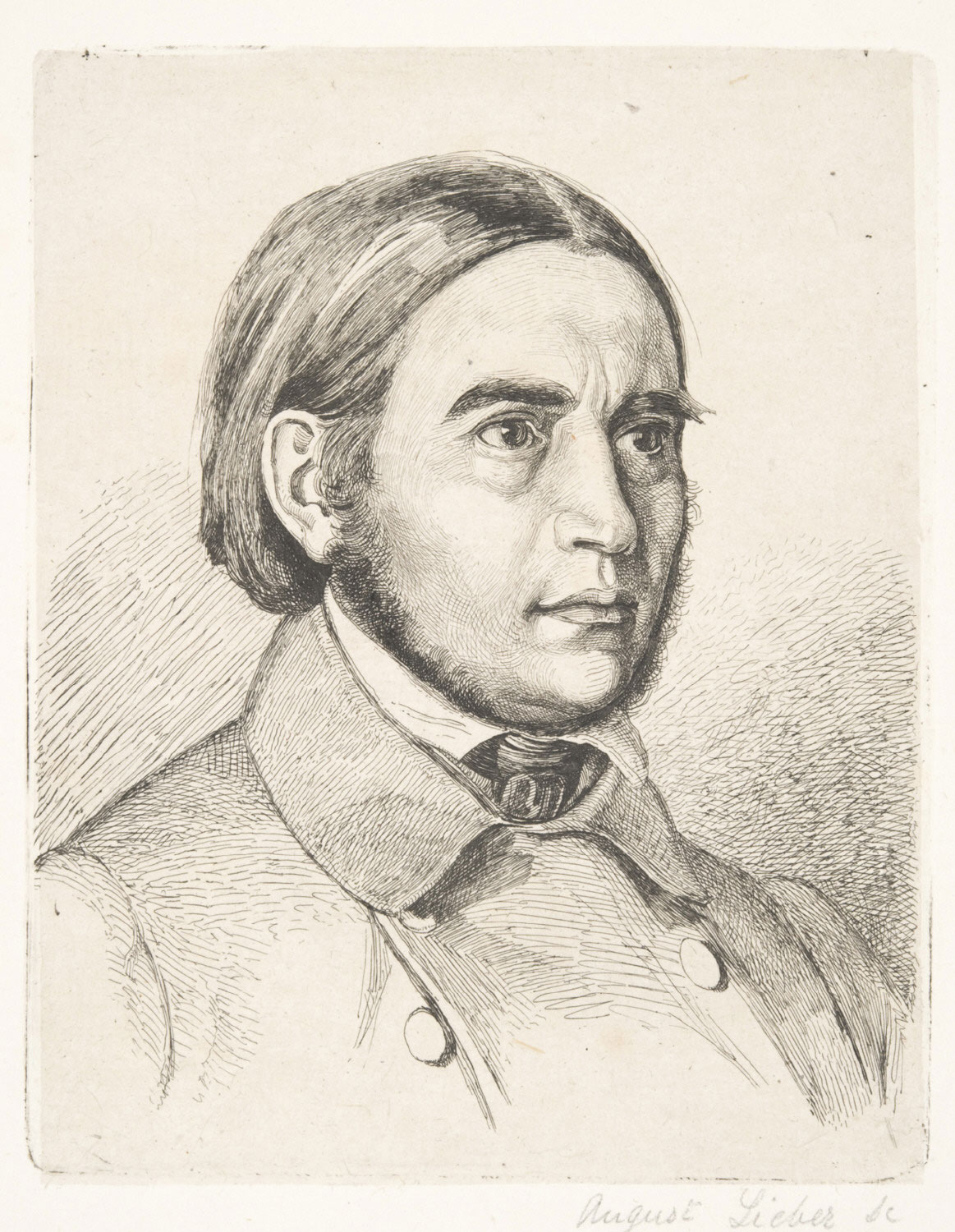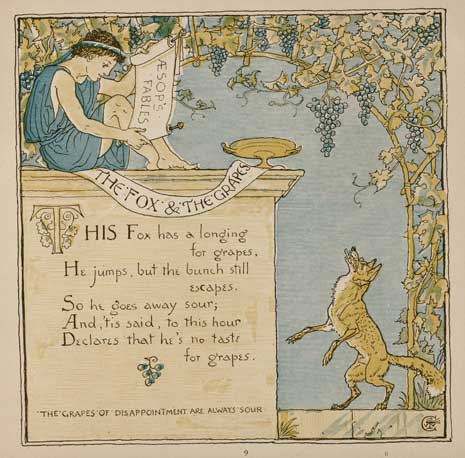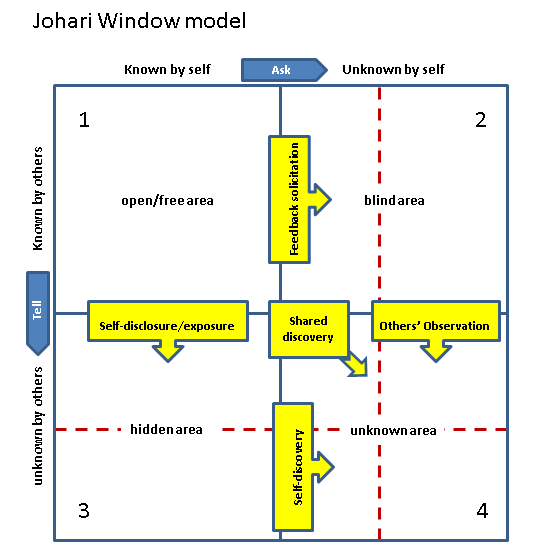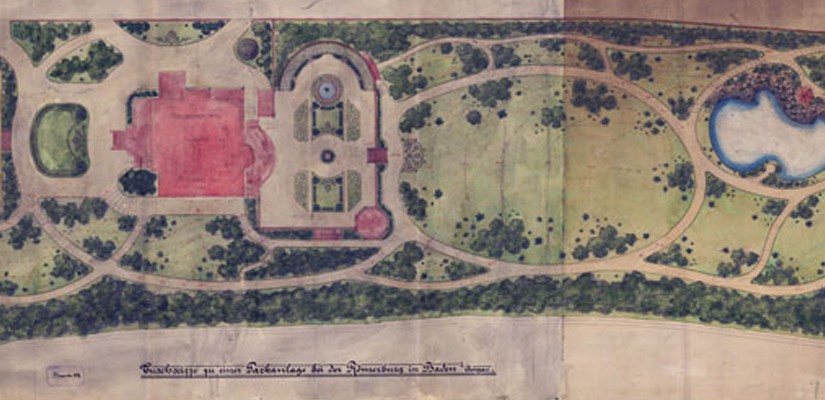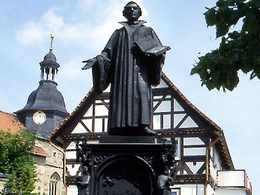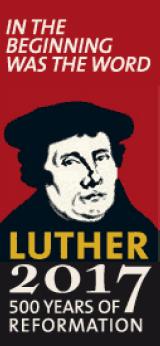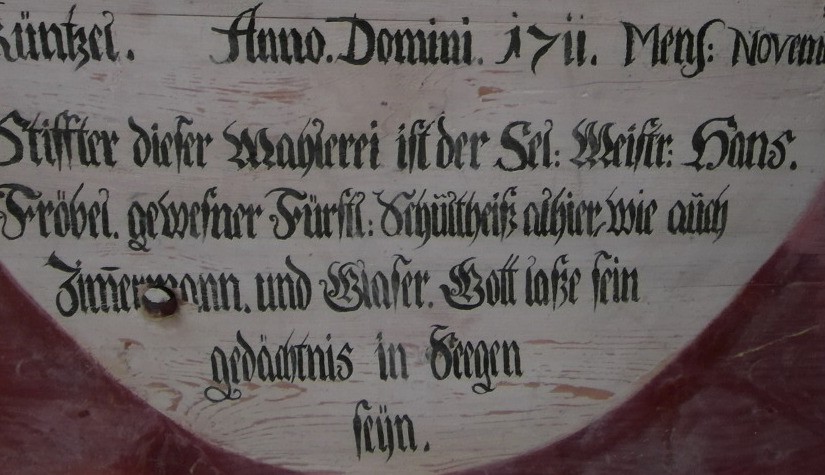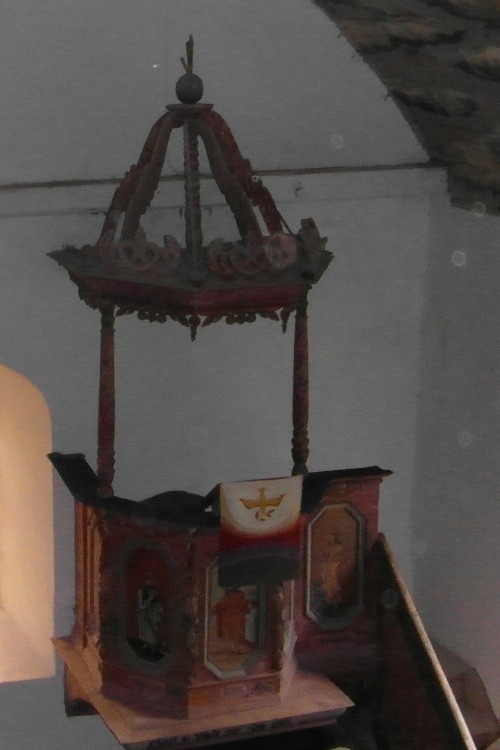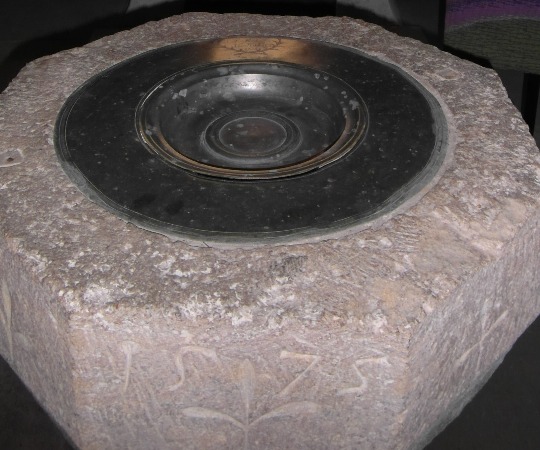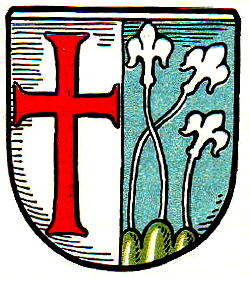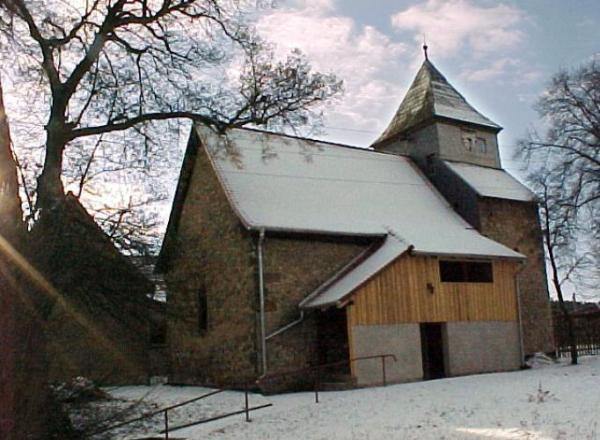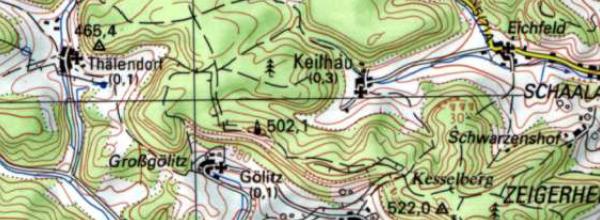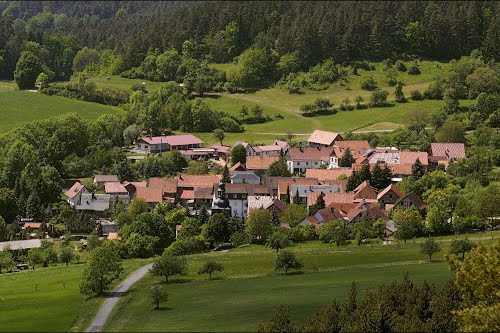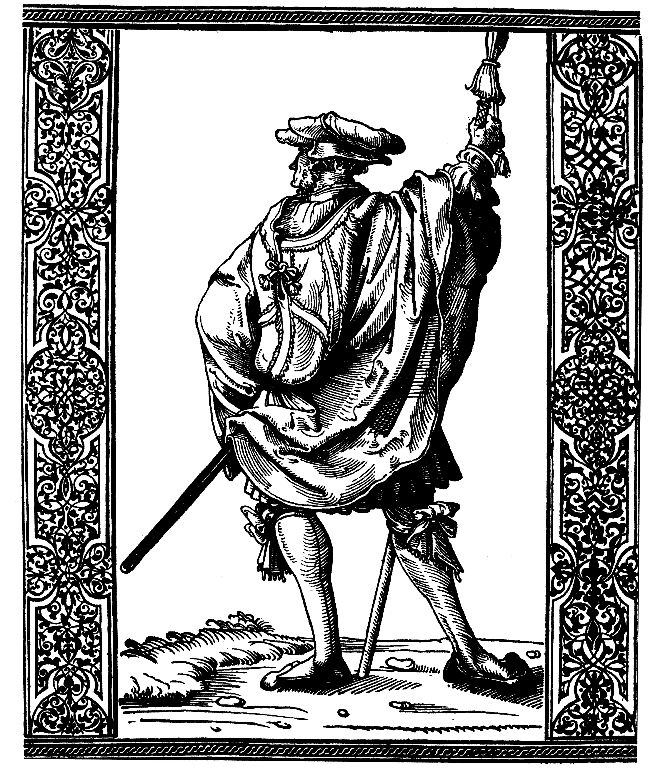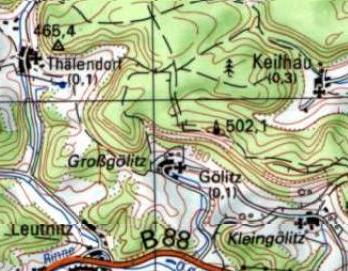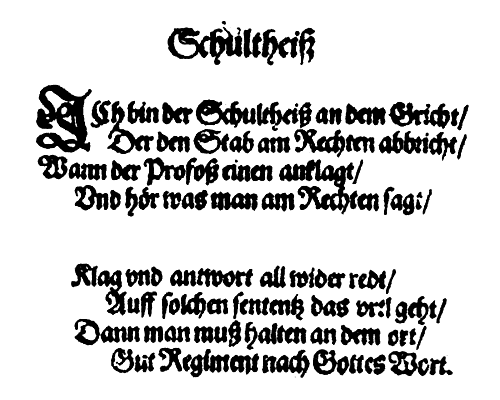The Romanesque stone arch bridge and paved ford south of this village were part of the ancient trade route along the Ilm valley.
Großhettstedt was the center of a ducal and later royal estate named after Hedan, the ruling Frankish Duke of Thuringia. The evangelization of Thuringia by Boniface began during the reign of Heden, who ruled from Würzburg and built a Palatinate Church at Fulda. On his death in 719, the duchy reverted to the Merovingian kings.
This estate included Kleinhettstedt and Barchfeld, first recorded during the 9th century by the Imperial Abbey of Fulda. Barchfeld means pig pasture from barg, a castrated boar. Domesticated male pigs, called boars, were castrated to reduce aggression and improve meat quality.
A crouching crane was the old seal of Barchfeld, which before 1919 was part of the Duchy of Sachsen-Meiningen.

Hedan (oder Heden) II. (auch Hetan, Haetan oder Ętan urkundlich benannt; † zwischen 717 bis 719) war am Anfang des 8. Jahrhunderts Herzog des erneuerten thüringischen Stammesherzogtums bis zu seinem Tod um 719. Er war ein Sohn von Herzog Gosbert, unter dem der Heilige Kilian starb.
Hedan war Franke und hatte seinen Sitz in Würzburg. Er herrschte frühestens ab 689, offenbar anfangs nur im Mainfränkischen, verdrängte er später die Dynastie Radulfs, um das Würzburger Herzogtum mit dem altthüringischen zu vereinigen. Um 700 erbaute er eine Herzogspfalz mit Kirche in Fulda.[2]
Von Bedeutung ist Hedan vor allem, da unter seiner Herrschaft die Missionierung der Thüringer durch Bonifatius begann, der auch 742 das Bistum Erfurt gründete.
The last Prior of the Abbey at Stadtilm, Volckmar Frobenius became the first Lutheran pastor at Großhettstedt. He married Christin, a god daughter of Martin Luther. Two of their sons became Lutheran pastors and adopted Froebel as the written form of the family name.
